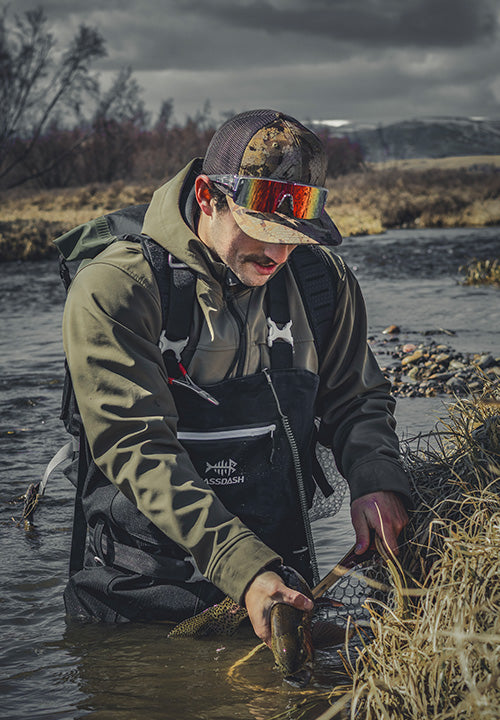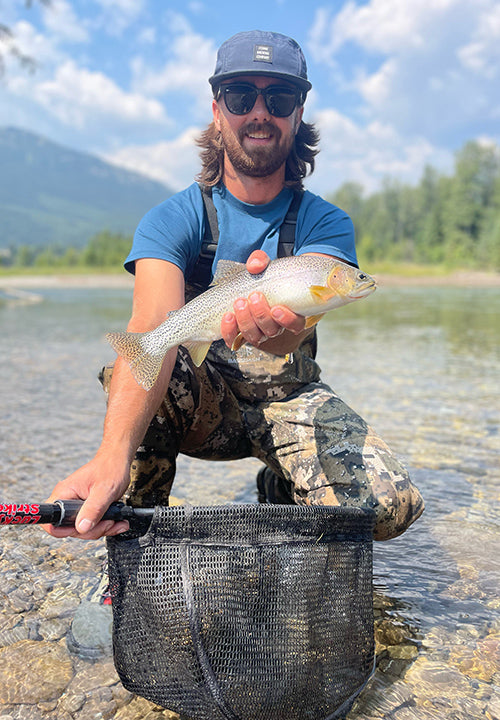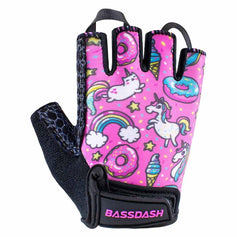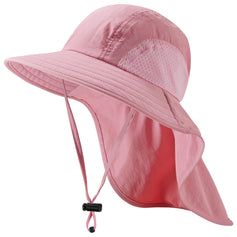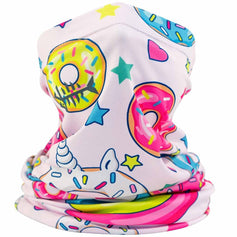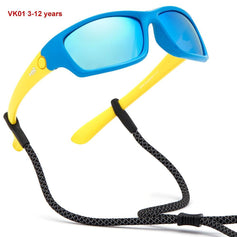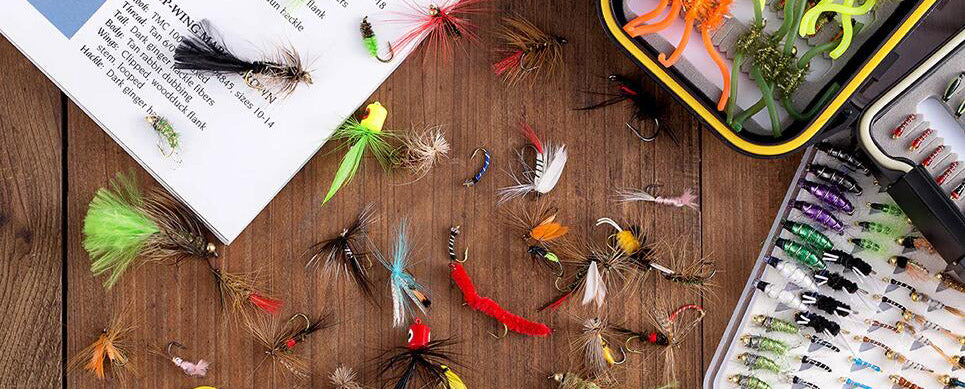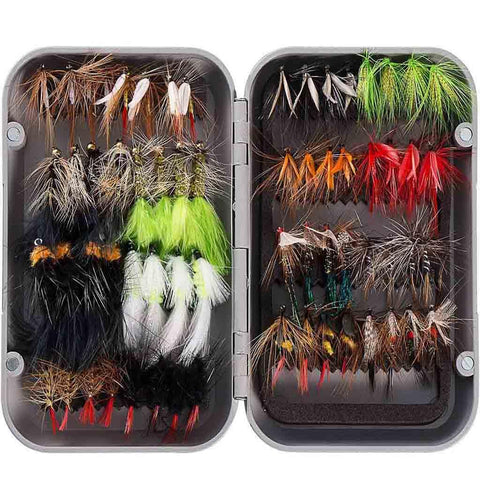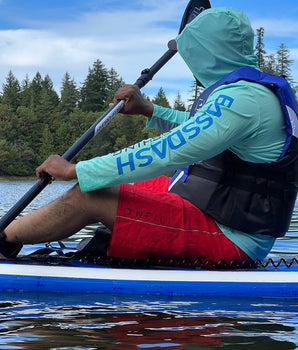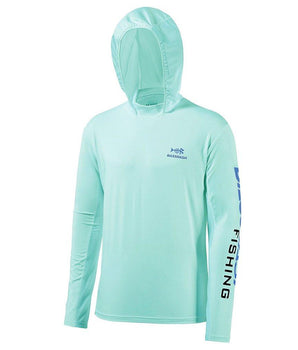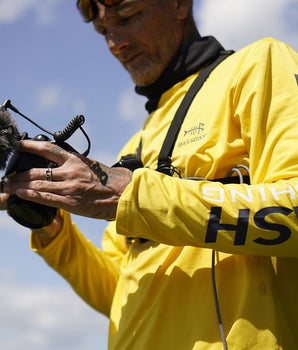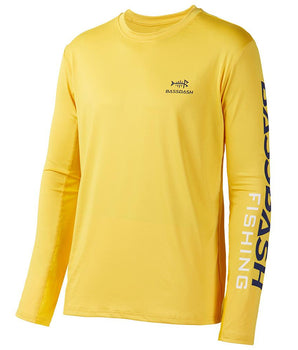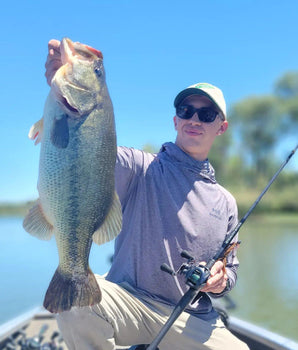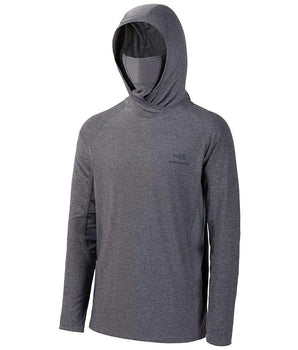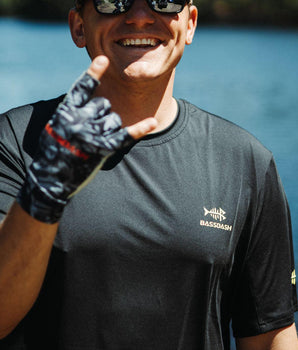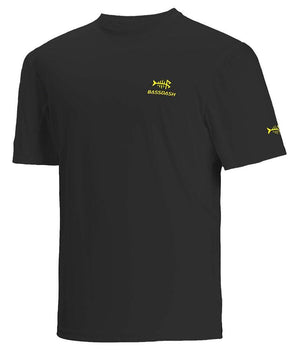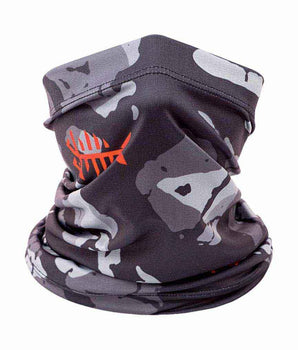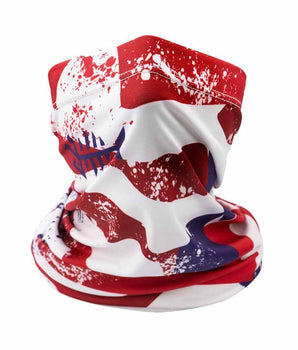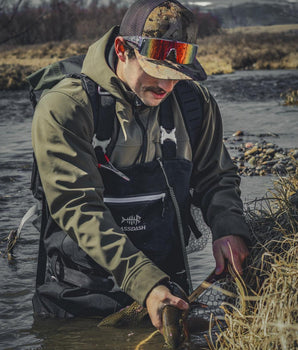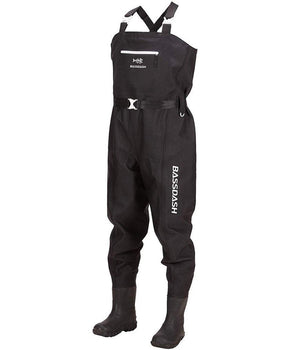Fly fishing is an art that requires precision, skill, and the right choice of flies. Whether you are a seasoned angler or a novice, selecting the appropriate flies can significantly impact your success on the water. In this comprehensive guide, we will explore the various factors to consider when choosing fly fishing flies, ensuring that you are well-equipped to make informed decisions and enhance your fishing experience.
What is fly fishing flies
Fly fishing flies are an essential component of the angler's toolkit, specifically designed to mimic various aquatic insects and baitfish. These intricately crafted flies serve as irresistible lures, enticing fish to strike. The art of fly tying involves using a variety of materials, such as feathers, fur, and synthetic fibers, to create lifelike imitations that deceive even the most discerning fish.
Each fly is meticulously constructed to match the size, shape, and color of the insects or baitfish present in the water. For instance, dry flies float on the water's surface and imitate insects like mayflies or caddisflies. Nymphs, on the other hand, imitate the aquatic larvae or pupae that dwell beneath the surface. Streamers mimic small fish or minnows, often used to target larger predatory species.
Seasonal Variations of fly fishing flies
Fly fishing, a beloved angling technique, is greatly influenced by the changing seasons. Each season presents unique conditions that require specific fly patterns to entice the fish. The Bassdash Flies Kits are prepackaged fly fishing lure combos that make selecting the right flies for getting started in a snap – eliminating the guesswork that can be so intimidating to a new fly angler.
During the spring, when nature awakens, fly fishers often opt for nymph patterns. These imitate the aquatic insects, such as mayflies and stoneflies, that hatch during this time. As the days grow warmer and summer arrives, dry flies become popular. These flies float on the water's surface, mimicking adult insects like caddisflies and grasshoppers, which are more abundant during this season.
Autumn, with its cooler temperatures, calls for streamers. These flies imitate small fish or baitfish, as larger predatory fish become more active, preparing for the upcoming winter. Finally, in winter, when most insects are dormant, fly fishers rely on midges and small nymphs. These tiny flies are particularly effective when presented in slow-moving water or near the bottom of the river.
The choice of flies is crucial to successfully lure different types of fish. There is a wide array of fly fishing flies available, each designed to mimic a particular insect or baitfish. For example, dry flies are commonly used for trout fishing. These flies imitate insects that float on the water's surface, such as mayflies or caddisflies. On the other hand, nymph flies are preferred for fishing in deeper waters, as they imitate insects in their larval stage. Streamer flies, resembling small baitfish, are effective for enticing predatory fish like pike or bass. Each fly has its unique design, color, and size, tailored to attract the attention of specific fish. English anglers are meticulous in their selection of flies, considering factors such as water conditions, weather, and the feeding habits of the targeted fish. Ultimately, the art of fly fishing lies in the ability to match the perfect fly to the fish, ensuring an exhilarating and rewarding angling experience.
Experiment with Different Patterns:
While there are tried and tested fly patterns, it is always beneficial to experiment with different options. Fish can exhibit varying preferences, so it is essential to carry a diverse selection of flies. Include a range of sizes, colors, and patterns in your fly box to adapt to changing fishing conditions. Experimentation allows you to find the perfect combination that entices strikes from even the most selective fish.
Seek Professional Advice:
Local fly fishing shops, guides, and experienced anglers are excellent resources for advice. They possess in-depth knowledge of the local waters, fish behavior, and effective fly patterns. Engage with the fly fishing community, attend workshops, and participate in fishing clubs to learn from experts. Their expertise will help you make informed decisions when selecting flies, ultimately improving your fishing success.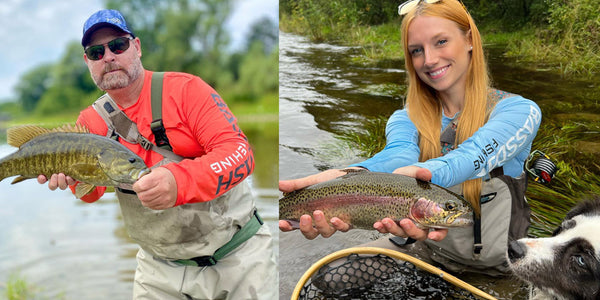
Choosing the right fly fishing flies is a nuanced process that requires a blend of knowledge, experience, and adaptability. By understanding the basics, researching local waters, matching the hatch, considering seasonal variations, experimenting with patterns, and seeking professional advice, you can enhance your angling experience. Remember, fly fishing is not just about catching fish; it is about immersing yourself in nature, honing your skills, and enjoying the art of angling.

